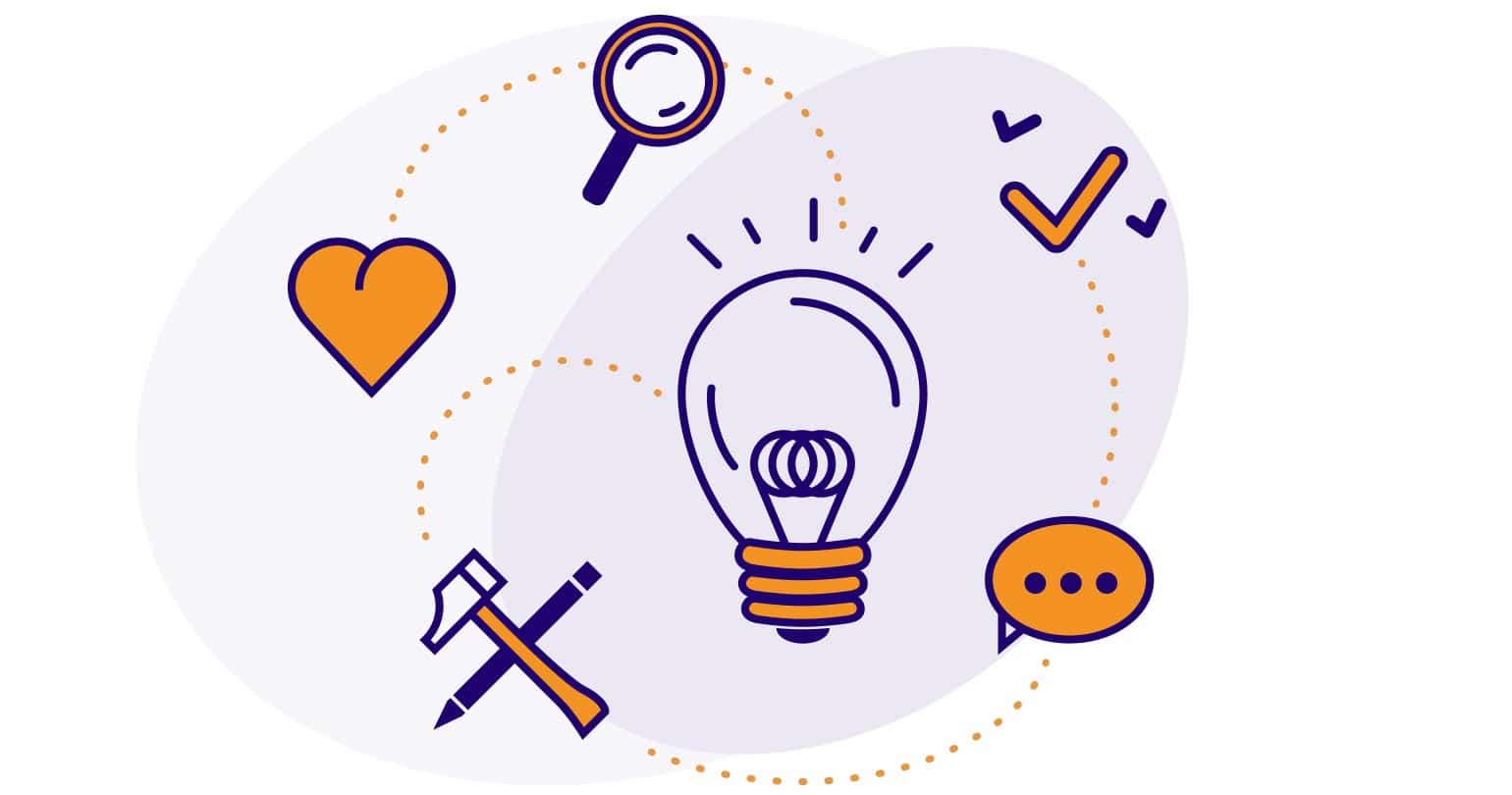Project-based learning is a teaching approach that involves students in active, authentic, and engaging learning experiences that focus on solving real-world problems or addressing complex questions. This approach has been shown to have a number of benefits, including increased student engagement, deeper understanding of content, and improved critical thinking and problem-solving skills. Here are six key points to consider when thinking about the use of project-based learning in the classroom:
- Project-based learning promotes student engagement: By actively participating in the learning process, students are more likely to be engaged and motivated to learn. This is because project-based learning involves students in authentic and meaningful tasks that are relevant to their lives and interests.
- Project-based learning encourages deeper understanding of content: By actively applying their knowledge and skills to solve real-world problems or address complex questions, students are more likely to retain and understand the material being learned. This is because project-based learning involves a greater level of interaction with the material and requires students to think critically and creatively.
- Project-based learning develops critical thinking and problem-solving skills: By working on open-ended tasks and problems, students are encouraged to think critically and creatively. This can help students develop important skills such as analysis, synthesis, evaluation, and innovation.
- Project-based learning fosters collaboration and communication: Many project-based learning activities involve working with others, whether it be in small groups or as part of a larger team. This can help students develop important social skills such as communication, cooperation, and conflict resolution.
- Project-based learning promotes real-world application: By participating in hands-on projects and activities, students have the opportunity to apply their learning to real-world situations. This can help them see the relevance and value of what they are learning and develop a greater sense of purpose and motivation.
- Project-based learning can be adaptable to different subjects and grade levels: Project-based learning can be used in a variety of subjects and at different grade levels. It can be adapted to meet the needs and abilities of different students, making it an effective approach for a wide range of learners.
Here are a few examples of how project-based learning can be used in the classroom:
- In a science class, students might be asked to design and conduct their own experiments to test a hypothesis. For example, students might investigate how different factors, such as light or temperature, affect the growth of plants.
- In a history class, students might be asked to create a timeline of events or a museum exhibit to demonstrate their understanding of a historical period or event. For example, students might create a museum exhibit on the Civil Rights Movement, complete with artifacts, documents, and interactive displays.
- In a math class, students might be asked to create a budget and plan for a hypothetical family, using real-world data and math concepts. For example, students might be asked to create a budget for a family with two working parents, two children, and a mortgage, taking into account factors such as income, expenses, taxes, and savings.
- In a language arts class, students might be asked to write and perform their own plays or create a podcast series on a topic of their choice. For example, students might write and perform a play about the history of their school or create a podcast series on current events.
I hope these examples give you a better understanding of how project-based learning can be used in the classroom.
Have you used project-based learning in your classroom? Share your ideas and experiences in the comments below.



